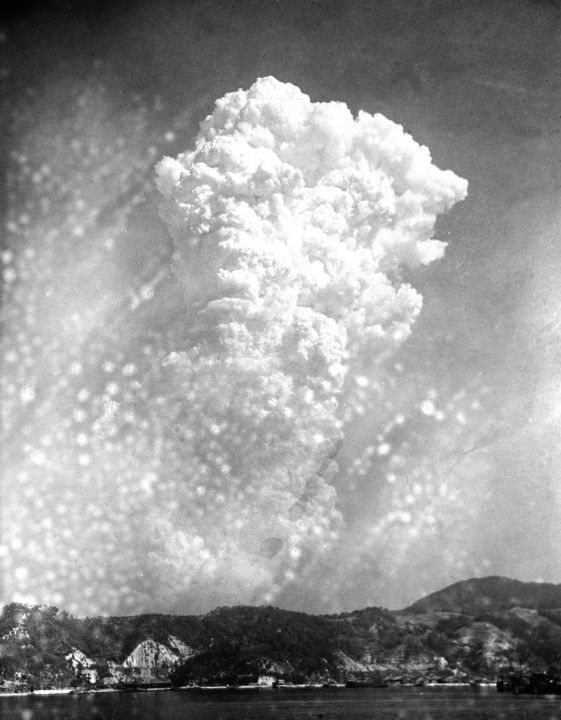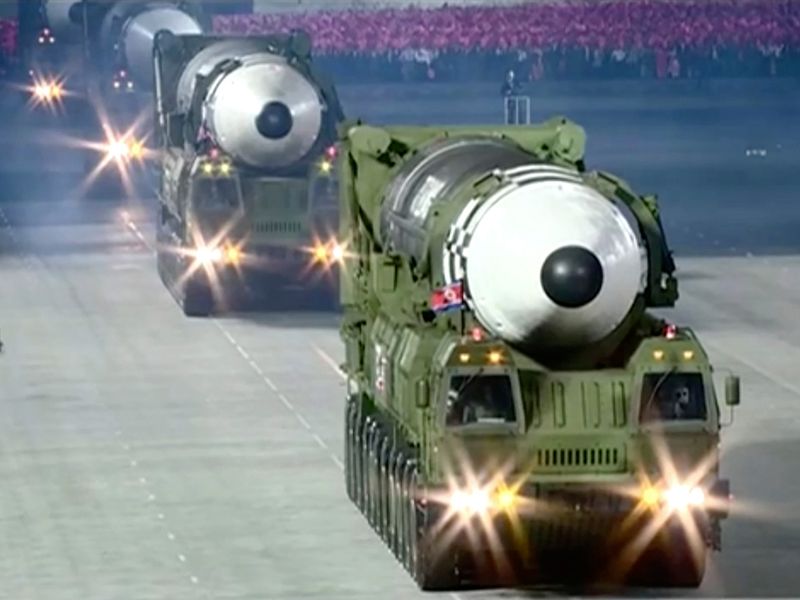
The War in Ukraine has brought global attention to the devastating impacts of armed conflict on human life and the environment. Wars lead to the loss of tens of thousands of lives and the population’s displacement in much larger numbers.
Apart from destroying a country’s economy, wars have environmental impacts. Bombing of oil refineries, industrial warehouses, chemical plants, and energy facilities pollutes air, water, and soil. Air strikes on the water supply system take away the access of the population to safe water.
Military operations create massive amounts of toxic waste, leading to public health risks and destroying forests, biodiversity, and protected areas. No doubt wars alter the constraints of normality, and atrocious assault against nature and the environment gets justified as necessary.
However, it is not only the war that causes massive humanitarian disasters, and terrible environmental crises but also the preparation for the war has a substantial human and environmental cost. The world does not fight many wars, but almost all countries maintain a military.

The total annual cost for the world’s military is more than two trillion dollars, and the US military spends 40 per cent of it alone. Also, the US military is one of the largest emitters of carbon dioxide worldwide, as its emission exceeds the total carbon emission from Morocco, Peru, and Sweden.
Between 2001 and 2017, the US Department of Defence contributed 1.2 billion metric tons of greenhouse gases. According to an estimate, the US military creates 759,000 tons of toxic wastes annually in the form of depleted uranium, gasoline, pesticides, lead, and many other dangerous chemicals.
Last year, the US forces left Afghanistan in a hurry. They have, however, left behind a terrible toxic environmental legacy. The US and its allies deserted facilities in Afghanistan have left behind several burn pits and dangerous chemicals that can produce long-lasting health and environmental hazards.
In 2009, I visited Vieques island in Puerto Rico for a Nato advanced research workshop to discuss warfare and ecology, and for a field visit to the part of the island the US Navy was using for its training ground for war, particularly from the 1970s to 2003.
The island became the target practice for the naval warships using live ordinances that included napalm and even depleted uranium for over three decades. Depleted uranium is the primary by-product of uranium enrichment and is a mildly radioactive metal used in munitions for its penetrating ability.

Despite opposition from environmentalists, the fisher community, and the local population, the naval exercise continued to contaminate the island’s air, water, and soil.
Two decades have passed since the naval exercise was halted, but only less than half of the land surface has been cleared from being suspected of having munitions. With a total population of around 10,000, the island has the highest sickness rates in the Caribbean.
Though the US military has become a global polluter, the armed forces of other big countries are not far behind; for their defence preparedness, they are also harming human health and destroying the environment in a big way.
Scientific knowledge and public awareness have started to impact policy decisions of defence establishments in many developed countries while conducting military exercises. Still, successful and comprehensive integration of the military, environmental, and health policies are yet to take a concrete shape.
More than the preparedness for conventional warfare, the legacy of nuclear weapon testing has been terribly problematic for humans, ecosystems, and the environment. Though nuclear weapons testing has become rarer in recent years, the ongoing environmental and health effects of past nuclear testing will be felt for thousands of years.
Since the end days of the World War II, the US, the former Soviet Union, the UK, France, and China tested their nuclear weapons in the open deserts and the sea till the partial test ban treaty in 1963. The global treaty moved the nuclear tests underground, restricting the spread of the radioactive clouds to some extent.
Even underground testing creates high-pressure conditions, leading to the ‘venting’ of radiation spreading far and wide. After the 1996 test ban treaty, only India, Pakistan, and North Korea tested their nuclear weapons.

The difference between testing conventional and nuclear weapons is that the vestige of the nuclear tests lasts forever. The nuclear tests that the US had conducted in some of the Pacific islands during the Cold War still suffer from high radiation levels and remain uninhabitable.
The US conducted most of its nuclear tests, almost 1,000 in the Nevada desert. The Soviet Union conducted 456 nuclear tests in Kazakhstan’s Semipalatinsk.
Long-term environmental consequences of nuclear tests are radioactive contamination of surface soil and groundwater, making the area unsuitable for habitat or agriculture.
The dangerous legacy of nuclear testing continues to affect many poor and underprivileged communities in all countries with nuclear weapons.
Whether the countries are fighting wars or preparing for the war, civilian life, ecosystems, and the environment become major casualties. War and war preparation is also key greenhouse gas contributor. Thus, world leaders must realise that fighting wars and acquiring weapons is not a sustainable strategy to achieve peace and stability.
Instead, it forces the country to greater insecurity for humans and ecosystems, exacerbates environmental challenges and climate change, and paves the way for more wars in the future.








